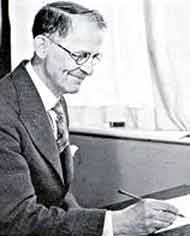Ca++
Well-known member
10% blue seems reasonable. More than 30% is getting bad, and 40% is ill.
Coloured LEDs seem old tech, but I remember my cousin getting some decent money out to buy blues, which had been out of reach to him before then. They were just indicator lamps then, and superbrights existed, but were not worthy of a torch. Many early papers used prisms to split white, to get there coloured light. These were low par tests, and I can imagine the bandwidth choices being made.
Coloured LEDs seem old tech, but I remember my cousin getting some decent money out to buy blues, which had been out of reach to him before then. They were just indicator lamps then, and superbrights existed, but were not worthy of a torch. Many early papers used prisms to split white, to get there coloured light. These were low par tests, and I can imagine the bandwidth choices being made.
Last edited:






 = "flat earth"
= "flat earth" 












